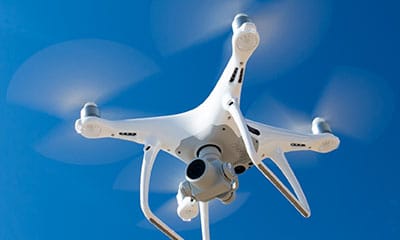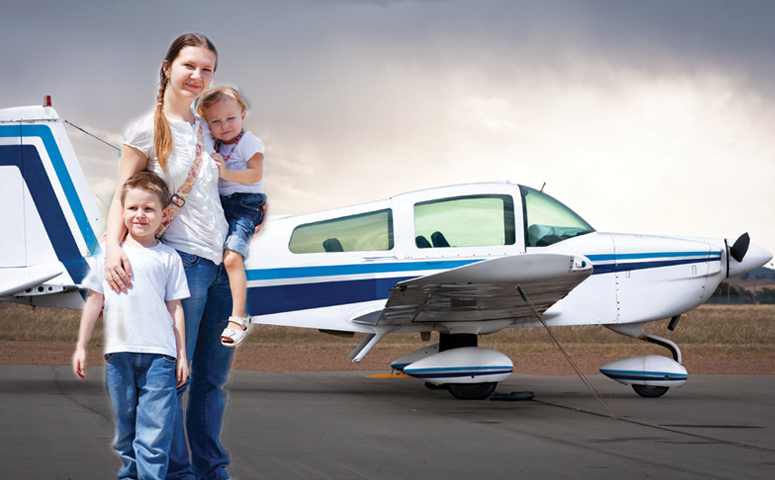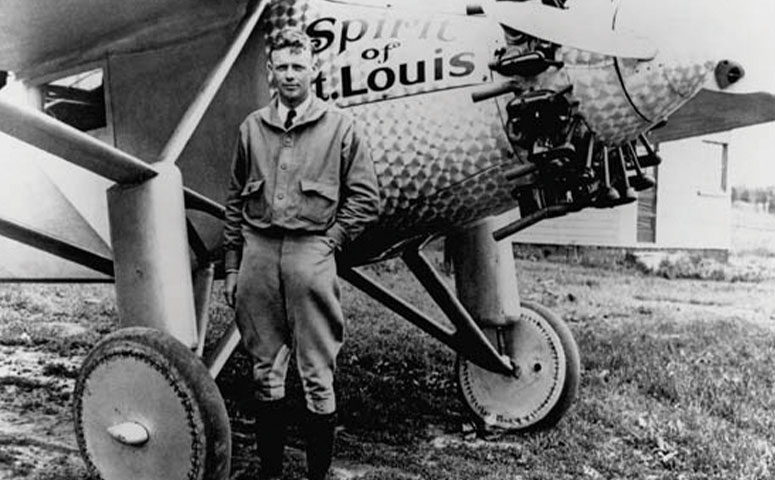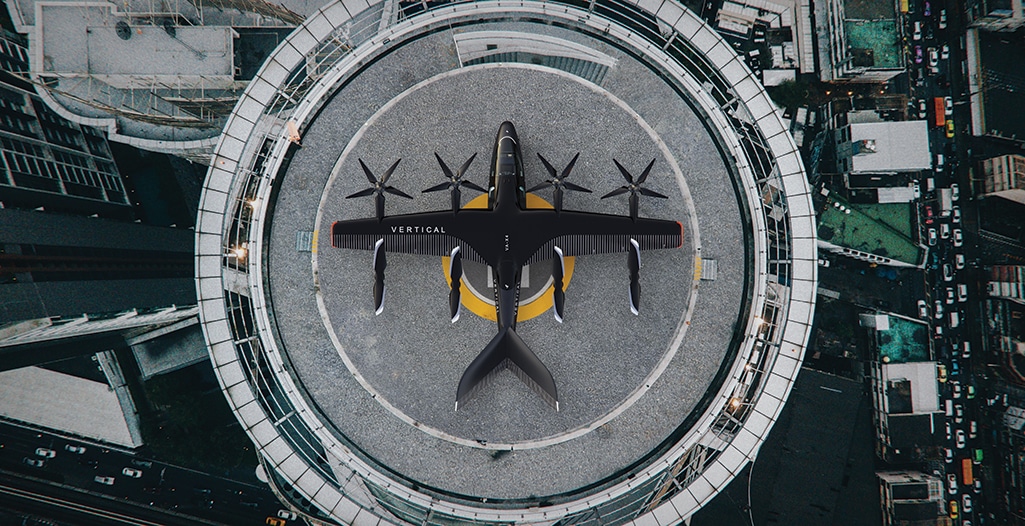What You Need to Know About Rotary-Wing Aircraft Insurance
The term “rotary-wing aircraft” refers to vehicles that use lift produced by narrow wings revolving around a mast to become airborne. These aircraft are also known as rotorcraft or more commonly as helicopters. Other aircraft like autogyros and gyrodynes fall into this category as well. In many ways more costly to purchase, operate, and maintain than fixed wing aircraft, rotary-wing aircraft require proper insurance backed by a reliable provider to protect owners and operators from risk.
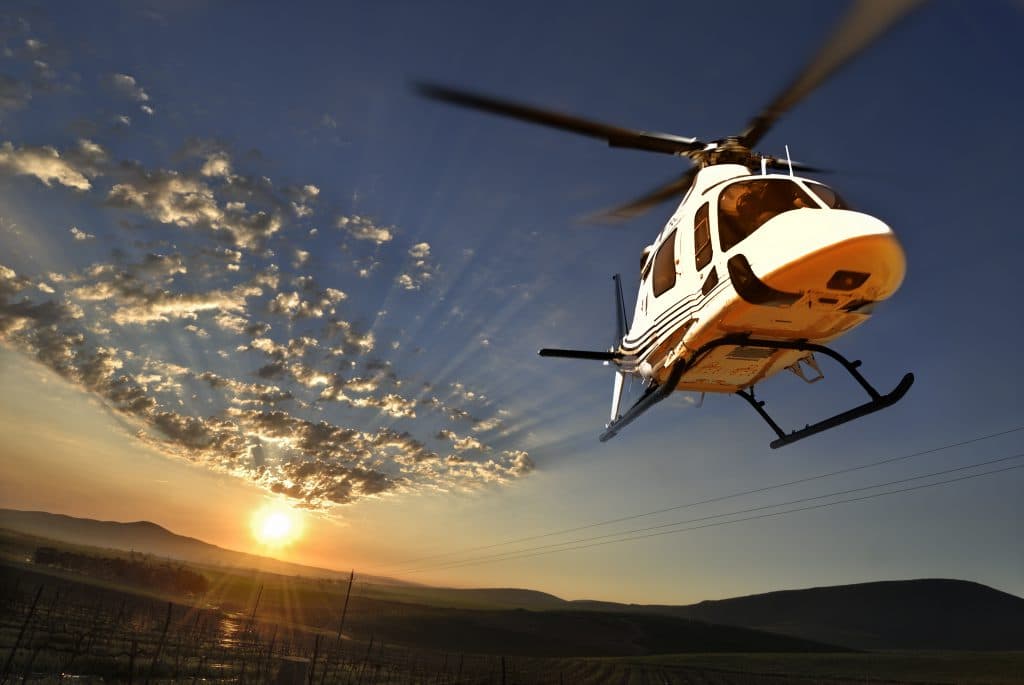
Categorizing Rotary-Wing Aircraft: Piston vs. Turbine Power Systems in Helicopters
There are many ways to categorize rotary-wing aircraft when it comes to providing aviation insurance. One of the primary differentiators is the type of power system used: piston engines (or reciprocating engines) and turbine engines (typically gas turbine engines).
Piston engines tend to be used in smaller helicopters as they provide a lower lift capacity. For example, most training helicopters have piston engines. Because these engines are relatively simple and inexpensive to operate, they generally cost less to insure.
Turbine engines are more powerful and provide a higher lift capacity. They are typically the choice for helicopters that perform any type of work function, from transporting personnel to lifting and carrying supplies. In some cases, a contract may even mandate that twin turbine engine helicopters be used. Turbine engines are more expensive to operate and consequently cost more to insure due to lower hull values but they often attract higher hull rates.
Who and What is Covered by Helicopter Insurance?
Rotary-wing aircraft insurance can be obtained by people and organizations in a variety of classes. This includes individual owner operators (sometimes referred to as the “private business and pleasure” class or PB&P), large companies or organizations with commercial fleets where some aspect of “hire and reward” is present, industrial aid uses where professional, full-time pilots operate the helicopter, and agricultural uses.
Some examples include:
- Municipalities
- Commercial operations
- Corporate flight departments
- Energy companies and utilities
- Farming and ranching operations
- Forestry and logging
- Air ambulance services
The helicopter insurance policies these individuals or entities take out cover physical damage to the asset itself. This hull coverage is subject to certain deductibles. The policies also cover liability, which can be broken down into the government-mandated public liability and the per passenger limits.
There are a number of ways to arrange these coverages. For example, a helicopter might only require ground coverage (or “not in motion” coverage), and the minimum mandated public liability insurance would suffice. Or, it could be that in-flight coverage is required with passenger and associated sublimits. Or, finally, you could combine the two types of liability into what is called a combined single limit policy that is typically well above the required minimum coverages.
Rotary-wing aircraft insurance can also have what are known as ancillary coverages or extensions, which vary based on whether the helicopter will be used privately or commercially. With private use, there are ancillary coverages for risks like premises liability (“slip and fall” incidents at the airport, for example) and others.
With commercial use, there is a long list of ancillary coverage options that can be added depending on the type of operation. These include:
- Additional insurance for contract holders
- Coverage for the inventory of spare parts (rotors, engine parts, etc.) that helicopter operators typically maintain
- Knowledge and consent coverage
- Product liability coverage
- Hangar keepers exposure
There are also many of what are called “endorsements” that can be added to a policy. These amendments are used to change the terms or scope of a base helicopter insurance policy.
How Does Rotary-Wing Aircraft Insurance Differ From Fixed-Wing Aircraft Insurance?
The process of underwriting helicopter insurance is different from that of underwriting airplane policies in a number of ways. First and foremost, if a system failure occurs with a rotary-wing aircraft while it is aloft and a crash results, the loss on these expensive assets is typically substantial.
There are also factors related to the operation and maintenance of helicopters that must be considered. For example, helicopters are complicated machines that require extensive training and a specialized set of motor skills to fly. The mechanics who perform repairs and maintenance on rotary-wing aircraft also must have special training.
How Does a Rotary-Wing Insurance Underwriter Determine Insurability and Cost?
When assessing the risk associated with a rotary-wing insurance policy, underwriters use different rating matrices that include a large number of variables, along with sets of modifiers. In addition to whether the helicopter will be used for business or pleasure, the tables address a wide range of questions such as:
- In what country or countries will the helicopter be used? Will flights be limited to Canada, the U.S., and Mexico (which tend to be included in policies written by Global Aerospace), or will there be “out of territory” use?
- In what type of terrain will the helicopter be used? Mountainous? Offshore? Agricultural?
- Is the asset owned or leased?
- Where will the aircraft be stored when not in use? Will it be protected from weather events?
- Will there be a humanitarian relief element to its use?
These and many other factors are used by underwriters to develop a quote. It is common practice for an underwriter to visit a commercial rotary wing operation in order to gain first-hand knowledge of the risk and to be able to properly assess the complex and multiple exposures that such operations present.
Helicopter Insurance in Canada and Beyond: Why it is Important to Work With the Experts
With highly valuable assets being protected in a wide range of environments and uses, rotary-wing aircraft insurance is a very specialized field. Consequently, it is critical to work with a provider who understands the industry and the risks. You should look for a company with solid financial backing, one that participates in key industry events, and one that has a large number of underwriters with extensive experience and expertise in helicopter insurance.
Nowhere is the need to work with the experts more true than in Canada, where helicopters are used for a wide variety of purposes from coast to coast. Global Aerospace is one of the largest providers of helicopter insurance in the world, and has offered rotary-wing aircraft coverage for as long as there has been a helicopter industry—more than half a century. Our large presence in Canada allows us to fully understand all the challenges faced by Canadian owners and operators, and to provide attentive service to meet their needs.
If you have questions about our rotary-wing aircraft coverage—for helicopters in Canada or anywhere in the world—please contact us at your convenience.
For more information on the helicopter industry in general, visit the websites of the Helicopter Association of Canada and the Helicopter Association International.
